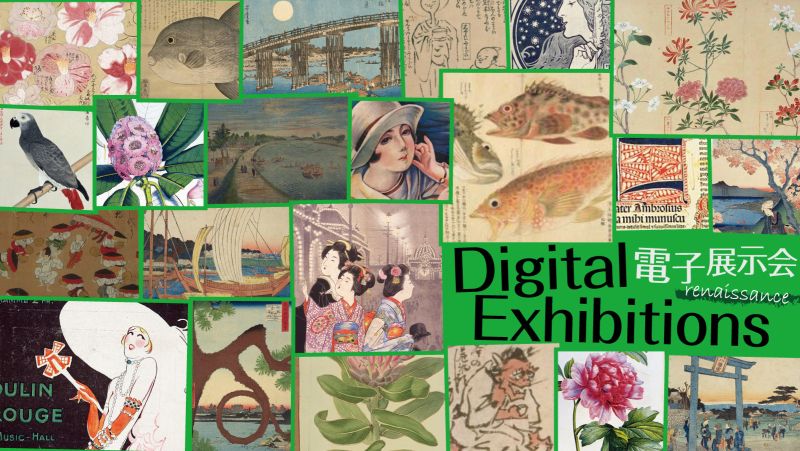
Importation of rare birds and beasts -Mail-order in the Edo period-
Fauna and Flora in Illustrations: Natural History of the Edo era
Even in the Edo period, there was a mail-order system.
In Nagasaki, which was the sole venue for foreign trading, rare and strange items were imported continuously.
Above all, the most popular items were rare beasts and birds, never seen in Japan before. Who bought them? The main customers were the shogunate and daimyo (feudal lords), who monopolized foreign trade at that time.
For the shogun and the shogunate, rare beasts and birds were the center of attention. But without seeing or hearing the animals it was difficult to decide whether or not to buy them.
So whenever these rare animals arrived, the Takagi family, who had been Nagasaki's representative government officials for generations, created drawings of the animals. The pictures were sent to the shogunate in Edo.
The shogunate examined the drawings and placed orders.
Occasionally, rare animals were given to the shogunate as tribute. Once in a blue moon they even imported their favorites from abroad.

Now, do not underestimate this catalog as being a mere mail-order catalog. Today, these catalogs are the most valuable source of information on imported birds and animals in the Edo period.
Of the materials featured in this exhibition, Gaikoku san torino zu and Gaikoku chinkin ityouzu are catalogs. The descriptions of the creatures' characteristics are truly captivating. Also the catalogs record the time of the first sightings of various alien species in Japan.
What were the fates of the creatures which came to Japan?
In most cases, the larger animals, such as elephants, camels, and southern cassowary were kept for misemono (shows)(1), while the smaller birds were kept as pets. Here is a case of an elephant ordered by TOKUGAWA Yoshimune (the 8th shogun) in the first half of the 18th century.
| Date | Event |
|---|---|
| Jun.1728 | A pair of male and female elephant calves arrived at Nagasaki Port. |
| Sep.1728 | Death of the female due to eating too much sweet food. |
| Mar.1729 | The male left Nagasaki. He started his journey on foot to Edo. |
| Apr.1729 | Arrived at Kyoto. While in an audience with the Emperor Nakamikado, he was given a title of noble, as if he were a shogunate government official. |
| May. 1729 | Fell ill in Hakone, probably from the fatigue of the journey, but recovers shortly afterward. After arriving in Edo, was kept at Hama Goten (the shogun's villa) and had an audience with Shogun TOKUGAWA Yoshimune. |
| Jul.1730 | A year later, he became a “white elephant”. But he was still kept in Hamagoten, as the shogunate couldn't find a new owner. (It is said that the expenses on the elephant during this period were enormous.) |
| Apr.1741 | He was given to Gensuke at Nakano village, and kept for a show. |
| Jul. 1741 | He went on a rampage and caused a disturbance, but it was not too serious. |
| Dec. 1742 | He passed away at the age of 21. It is said that Genske didn't give good enough care to him. |
This male elephant is the one depicted in Kyoho 14 nen torai zou no zu. It was the fifth visit of elephants to Japan, but it was the first time many of the public could see a living elephant.
On his way from Nagasaki to Edo, he caused a sensation everywhere along the road. He was so popular that several books about him were published, but his journey seems to have ended badly.
- ^Misemono were the most popular public entertainment show in the Edo period. Commonly a variety of unusual, acrobatic, and magical acts were featured. Usually, an admission fee was charged for the show. Even though some of them were said to be fraudulent or disappointing.

